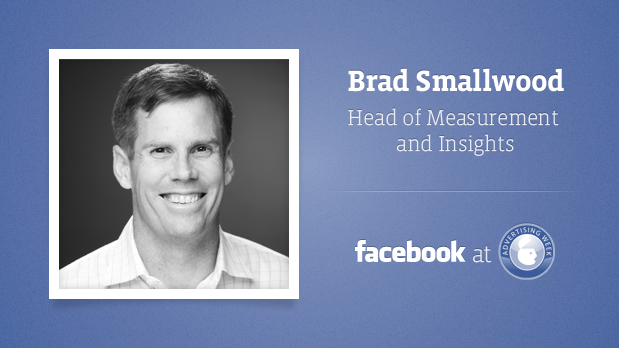So has being “liked” become just a popularity contest for brands? Consider that while Crest has 182,912 “likes,” Slim Jim has 1,066,138 “likes.” Does that mean that Slim Jim has five times more sales than Crest? Not even close, as Slim Jim has approximately $200 million U.S. sales vs. Crest’s $400 million U.S. sales. Does it mean that Slim Jim has spent more resources to have more “likes” than Crest? Probably. Why would a brand do this? Because it is the “in” thing to do.
For those of us who are old enough to remember, in the late ’90s the “in” thing for every brand was to rush to build a website. Large amounts were spent out of marketing budgets for this “strategy.” Then once these sites were built, featuring a brand’s history, maybe a static coupon, a recipe or two, and some other features that quickly became dated, brands realized that a website without constantly updated information had no stickiness and thus became a non-factor for consumers. The technology to change content didn’t come for years, so brands sat with these big, beautiful, static websites that drew little traffic and did virtually nothing to drive sales.
Back in high school, the most popular kids did not automatically make the football team, score the highest on the ACT, or graduate at the top of the class just because of their popularity. Kids (popular and unpopular) achieved those accomplishments by working harder than the others.
Brands should think the same way. To put forth resources to solely be “liked” is not the best strategy. Is it more important to be “liked” or to generate sales?
MORE: Why Facebook “likes” are useless to brands – iMediaConnection.com.



